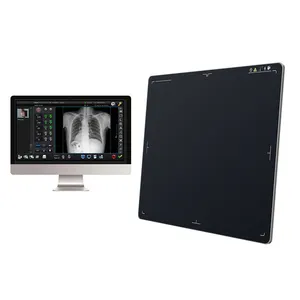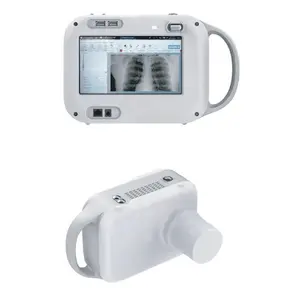Introduction to Flat Panel Detector Digital X-Ray
The flat panel detector digital X-ray system represents a revolution in medical imaging technology, providing unparalleled image quality, reduced radiation exposure, and enhanced workflow efficiency. These advanced imaging devices improve diagnostic accuracy, making them an essential tool in both hospital and clinical settings. Flat panel detectors (FPDs) are known for their ability to capture high-resolution images quickly, allowing for rapid diagnosis without compromising patient safety.
Types of Flat Panel Detector Digital X-Ray
Flat panel detectors can be categorized into two primary types:
- Direct Conversion Detectors: These use a direct conversion technology where the incoming X-ray photons are converted directly into electric signals. This type tends to have higher sensitivity and results in images with lower noise levels.
- Indirect Conversion Detectors: These systems use a two-step process where X-ray photons are first converted into visible light, which is then converted into electric signals. Indirect detectors are often more cost-effective and widely used in practice.
Applications of Flat Panel Detector Digital X-Ray
Flat panel detector digital X-rays have a wide range of applications in the medical field:
- Radiology: Essential for producing high-quality images for various radiological assessments and diagnostics.
- Orthopedics: Widely adopted for evaluating bone status, including fractures and joint conditions.
- Pediatrics: Ideal for imaging children due to reduced radiation dose and quick image capture.
- Emergency Rooms: Critical for urgent assessments where speed is crucial, such as trauma cases.
Advantages of Flat Panel Detector Digital X-Ray
The advantages of using flat panel detector digital X-ray systems are numerous and impactful:
- High Image Quality: Offer superior resolution and contrast compared to traditional film-based systems, improving diagnostic capabilities.
- Reduced Radiation Exposure: Efficient detection technology leads to lower required doses of radiation, enhancing patient safety.
- Instant Imaging: Provide immediate access to images, facilitating quicker diagnoses and treatment decisions.
- Digital Storage and Retrieval: Eliminate the need for physical storage of films, allowing for easy digital storage, retrieval, and sharing of images.
- Enhanced Workflow: Streamline processes in healthcare settings, making it easier to manage patient care and information.


































































































































































































